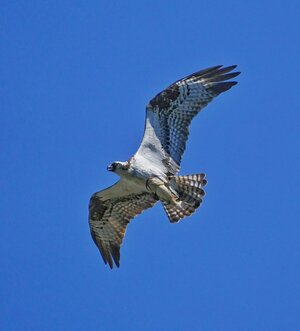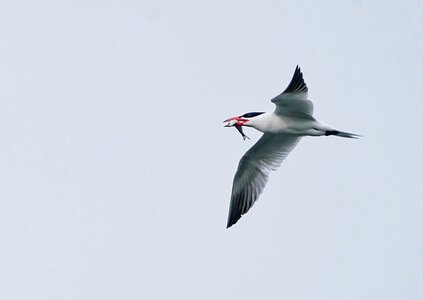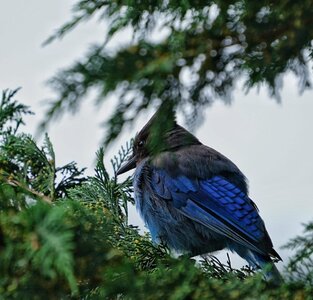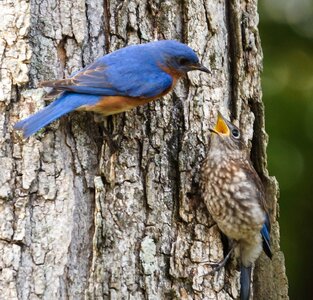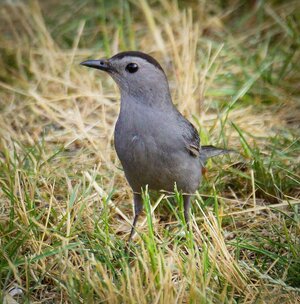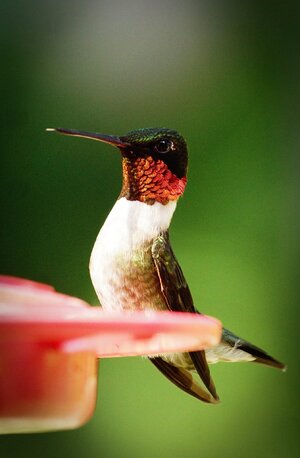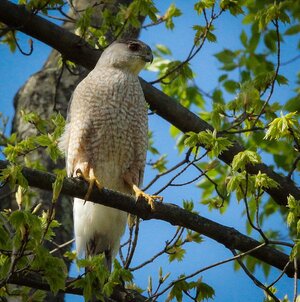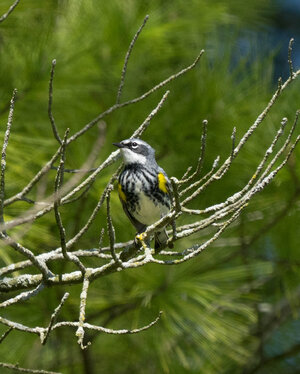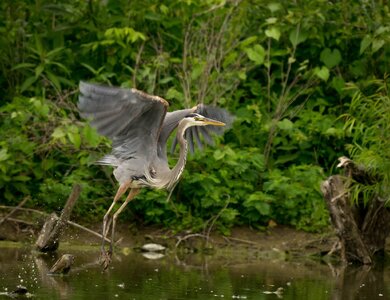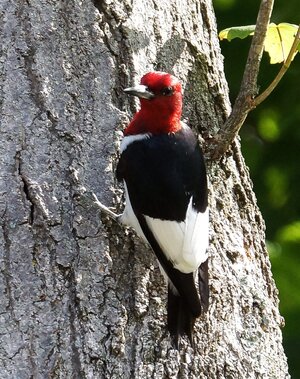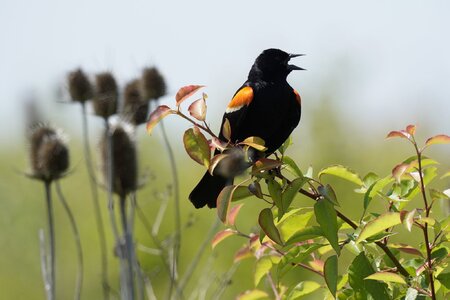Pro Member
- Followers
- 34
- Following
- 0
- Joined
- Oct 31, 2020
- Posts
- 1,626
- Likes Received
- 1,004
- Trophy Points
- 213
- Name
- Jeff
- Country
- United States
- City/State
- Elk Grove, CA
I have seen the work that you fellow members of this forum have posted here and can't help but be impressed. I doubt that I could attempt to duplicate the work that I see here but as an observer, I have a question. Besides having great gear AND knowing how to use it, could you share what is involved in a successful Bird outing? Is there a lot of stalking? Do you use Hides to enable you to get closer? Please give me an idea of what it takes to do what you do.

